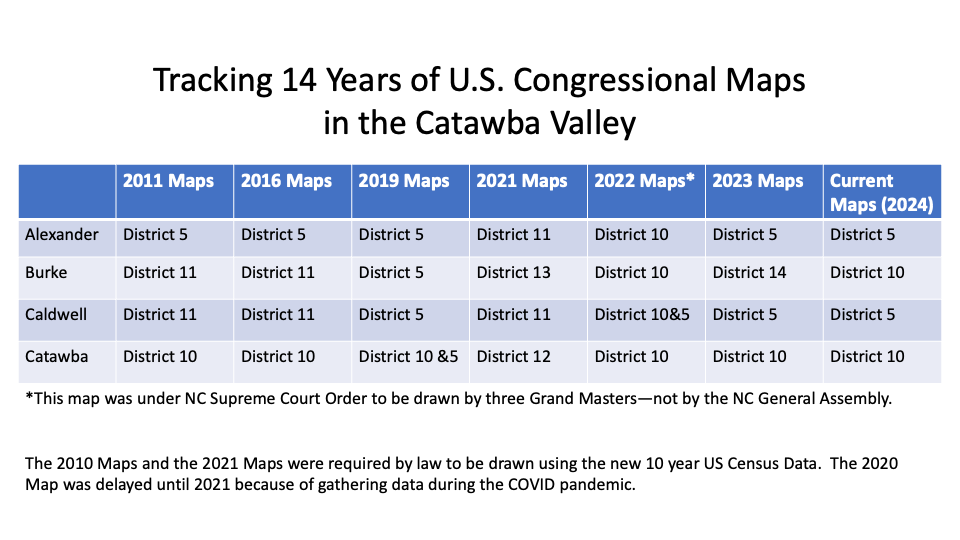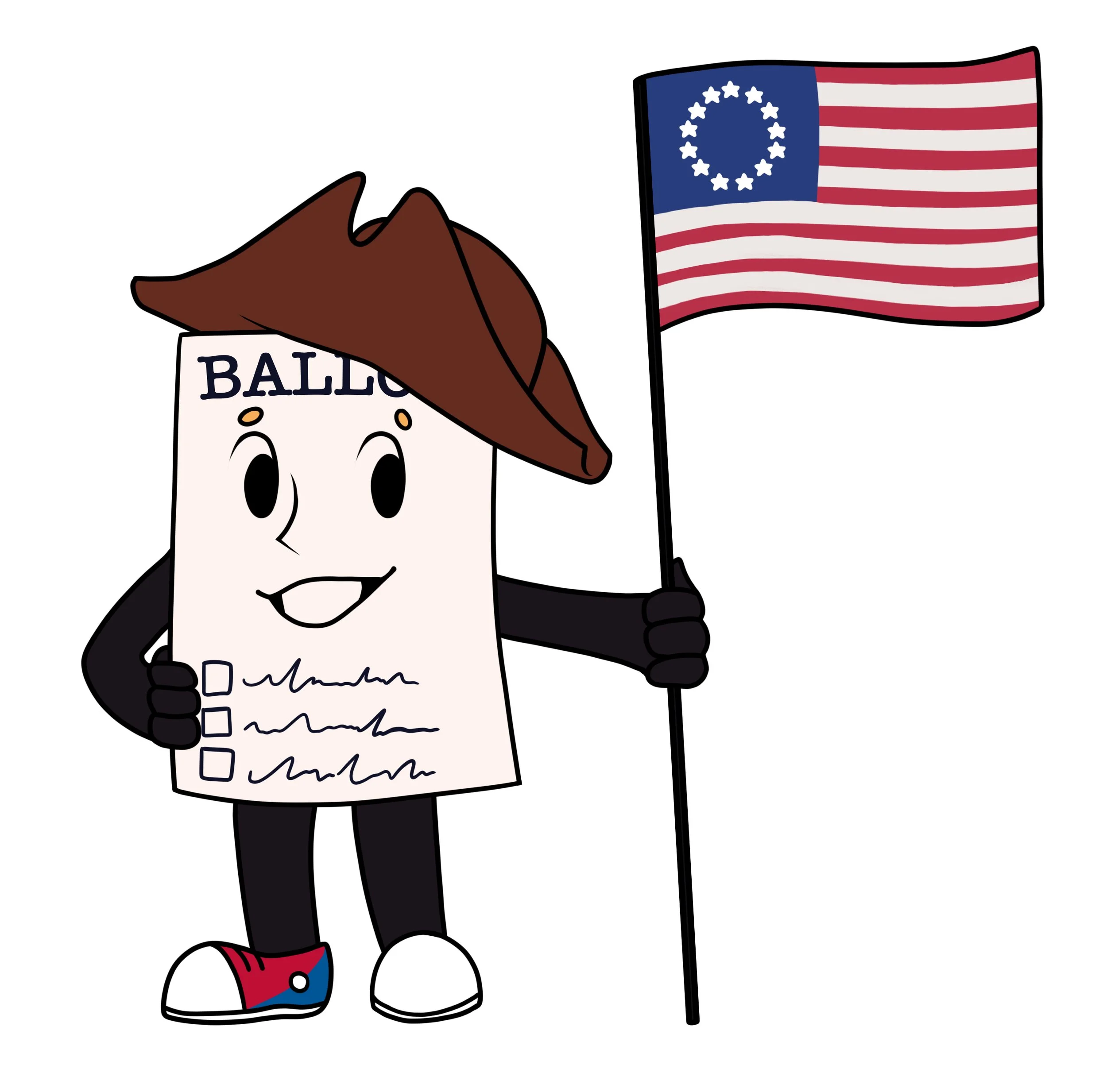The NC General Assembly approved all of the decisions above except for the 2022 Map, which was mandated by the NC Supreme Court to be drawn by a group of three Grand Masters—for that one election. The Grand Masters were past NC Supreme Court Justices Bob Orr, Bob Edmunds and for Davidson College and UNC System President, Thomas Ross.
Efforts for Fair Electoral Maps in NC Continue.
Retired NC Supreme Court Justice, Bob Orr
The most current legal effort to restore fair election maps to North Carolina has been initiated by former NC Supreme Court Justice, Bob Orr. This article is from the Opinion Page of the Raleigh News & Observer, March 3, 2025 and is written by Ned Bennett, Assistant Opinion Editor.
Judge Orr is a longtime defender of fair election maps. He was a guest speaker of LWVCV during the League’s Learn about Lines events in September of 2021.
At the event, Judge Orr began with defining gerrymandering or unfairly drawn districts. He said it is when a group tries to gain power in elections through the redrawing of voting districts.
Both parties have manipulated electoral districts to favor certain candidates (largely those of the party in power). Present-day sophisticated computer software and rapid population growth has helped make it exact. Look at the chart below to see how often the Catawba Valley US Congressional Districts have changed by the NC Legislature to satisfy its control of seats.
Election Maps are lines drawn on paper or by computer. They tell people what electoral districts they live in and in what elections they will vote. The chart below shows how differently the lines in the Catawba Valley have moved in the past 14 years in order to create wins for certain candidates.
Elected officials can change lines to help guarantee they will be re-elected.
Fair maps can lead to:
More accountability to constituents because fewer seats are “safe” for members of one party.
More time and money spent addressing real legislative priorities, rather than litigating court challenges to district maps that are seen as gerrymandered.
More respect for communities of interest.
More voters who feel that their votes matter.








